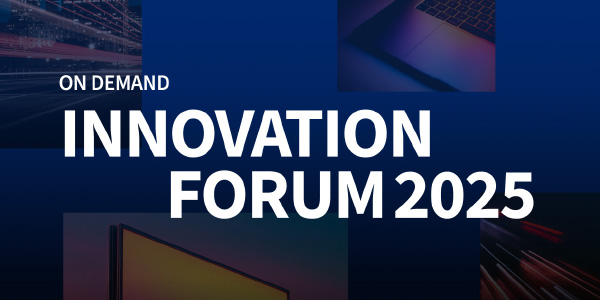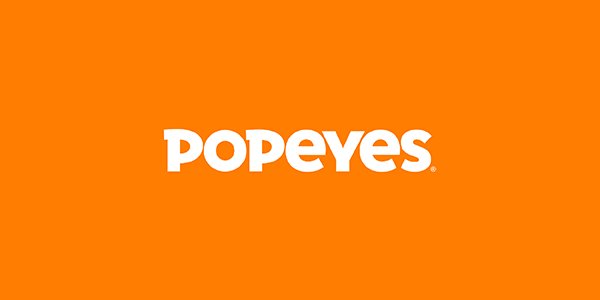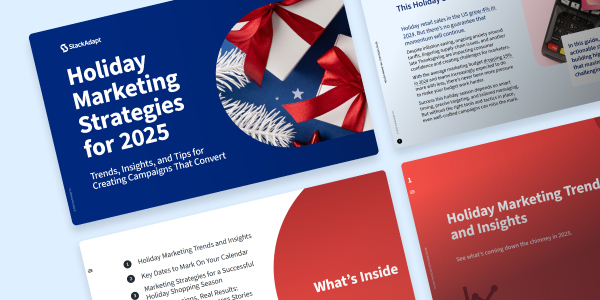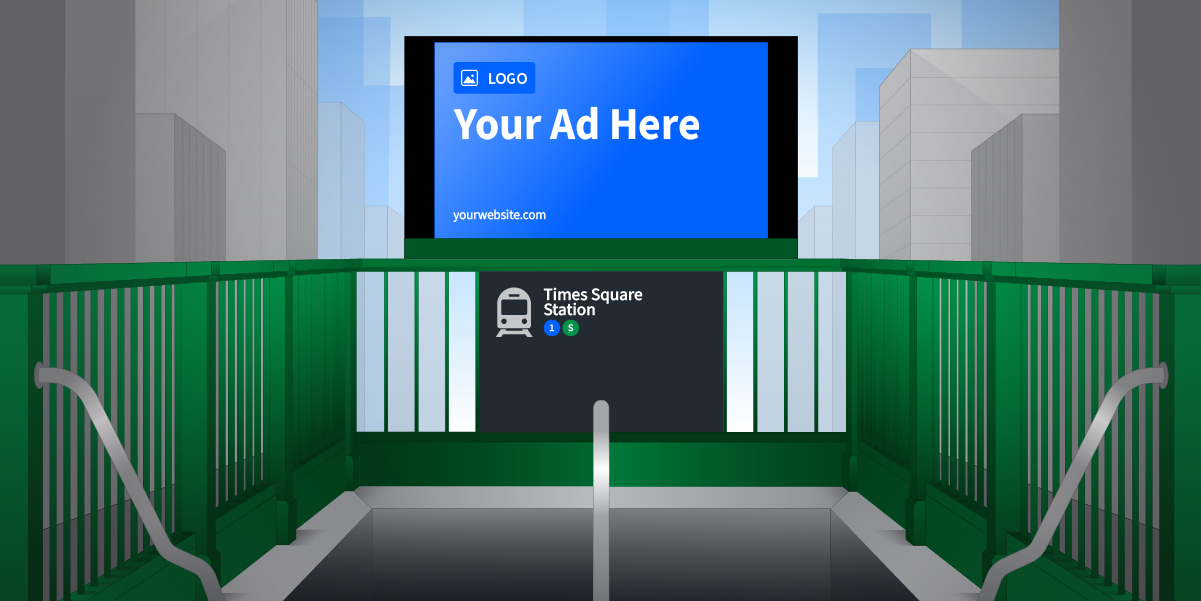Marketing Strategy for Advertising Agency Teams: 4 Shifts to Watch in 2025

Marketing leaders today are operating in one of the most demanding environments the industry has seen. Campaigns span more platforms, data lives in more places, and expectations for results haven’t eased.
Yet, amid this pressure, a subset of agencies is outperforming the rest, thanks to smarter, more connected marketing strategies that prioritize integration, measurement, and adaptability over sheer volume.
A new research report—conducted by Ascend2 and commissioned by StackAdapt—surfaces what sets these teams apart. It examines how the most effective agencies are approaching everything from brand and performance integration to AI, measurement, and channel strategy.
This blog post pulls out a few of the most useful shifts marketers should be paying attention to right now. For the full analysis—and the data behind the decisions—download the complete report.
Shift #1: Balancing Brand and Performance in Your Marketing Strategy for Advertising Agency Growth
The divide between brand and performance is shrinking—and that’s a good thing. According to the report, 41% of agencies now lean more heavily into brand-building. But high-performing teams aren’t making that shift at the expense of performance. Instead, they’re building strategies that connect the two.
Top agencies are tying brand and performance efforts to shared KPIs, aligning teams around unified messaging, and using tools like incrementality testing to measure how brand investment drives bottom-line results. These aren’t siloed strategies but mutually reinforcing systems.
In fact, agencies that align brand and performance goals are 20% more likely to report satisfaction with campaign outcomes. They’re proving that long-term brand equity and short-term lead generation don’t need to compete—they can work in sync.
The full report takes this further, detailing which KPIs leading agencies use to evaluate brand impact, how they integrate creative across the funnel, and what tools they rely on to close the loop between awareness and action.
If your team still treats brand and performance as separate playbooks, it may be time to update the strategy.
Shift #2: Multi-Channel Alone Isn’t Enough—Orchestrated Strategy Wins
Top-performing agencies aren’t simply active on more channels—they’re building strategies where those channels work together. The data shows that 48% of high performers run campaigns across five or more programmatic channels, compared to just 33% of others.
Multi-channel execution brings real challenges: maintaining consistent messaging, integrating data across platforms, and managing resources across a growing number of formats. These friction points often lead to fragmented campaigns and missed opportunities.
What sets high performers apart is their ability to orchestrate. They align creative and messaging across platforms, tie brand and performance to shared objectives, and use tools that allow for cross-channel tracking and optimization. Instead of building isolated campaigns by platform, they’re building systems that compound value with every touch point.
The full report goes deeper into how these agencies structure their multi-channel mixes, including which platforms they rely on most and where they see the next wave of opportunity. From connected TV to shoppable ads and AR, the future of media is connected.
Shift #3: Why AI Belongs at the Core of Your Advertising Agency Marketing Strategy
AI is moving from experiment to infrastructure. According to the report, 39% of agencies say AI is now a core part of their workflow, and those with deeper integration report significantly higher satisfaction with their tech stacks and stronger campaign performance overall.
The most common applications include audience targeting, creative optimization, performance tracking, and predictive analytics. Agencies are using AI to analyze data faster, personalize messaging at scale, and adapt media strategies in real time.
But automation isn’t replacing human insight. It’s reinforcing it. High-performing teams are reshaping how creative, analytics, and strategy roles collaborate, allowing AI to handle the repetitive or analytical tasks while people focus on the decisions that require nuance, context, and brand voice.
The report offers a detailed look at where AI is making the biggest impact and where human oversight still plays a critical role. It also compares how AI is being used across high- versus low-performing agencies, offering benchmarks and ideas for teams that are just beginning to operationalize it.
For marketing leaders, the takeaway is clear: AI is becoming the foundation for how modern campaigns are planned and optimized.
Shift #4: Turning 1st-Party Data Into Personalized, Cross-Channel Advantage
The report shows that top-performing agencies are applying 1st-party data across a range of use cases, from personalization and targeting to predictive modelling and attribution. It’s this breadth of application that separates leaders from the rest.
Having clean, owned data is valuable, but the impact comes from how it’s used across the campaign lifecycle. High performers are building systems that allow them to act on insights quickly—adapting creatives, refining audience segments, and measuring results with greater accuracy.
The full report breaks down which data types agencies find most valuable for optimization, and how the most effective teams are evolving their tech stacks to reduce lag between insight and execution.
For marketers looking to future-proof their strategy, operationalizing 1st-party data is the next competitive edge.
Building a Smarter Marketing Strategy for Advertising Agency Teams Starts Here
The agencies leading in today’s landscape aren’t necessarily spending more or launching bigger campaigns—they’re building smarter systems. What sets them apart is how they integrate tools, align brand and performance, activate data, and adapt quickly using AI and cross-channel insights.
This article scratches the surface of what the research uncovered. The full report dives deeper into the benchmarks, strategies, and decision-making frameworks top agencies are using to navigate complexity and outperform their peers.
Download the full report here to explore the data, compare your approach, and identify where your team can gain a competitive advantage this year.






